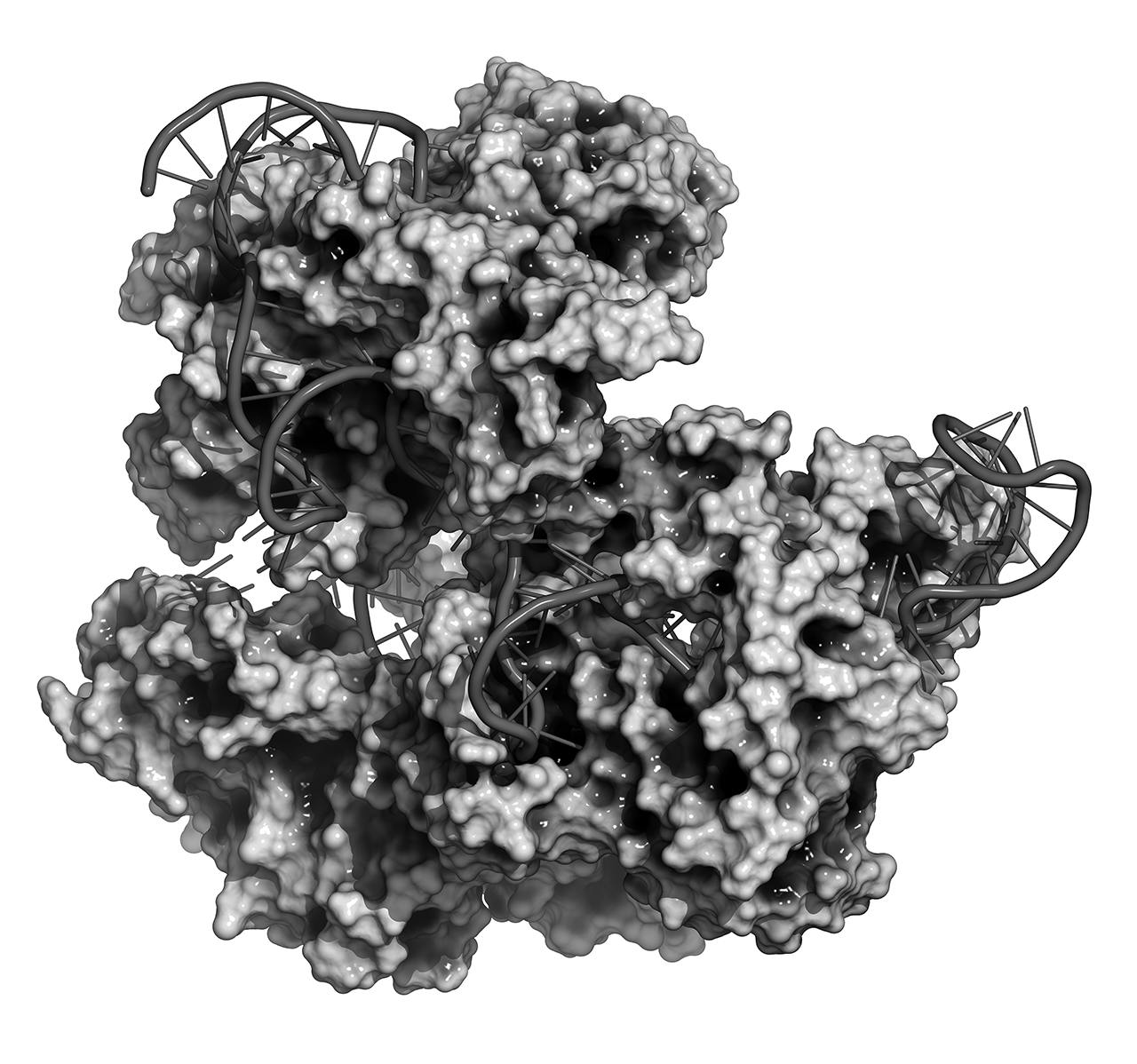ONE OF THE MOST PROMISING tools of genetic research in recent years has been CRISPR—more formally, Clustered Regularly Interspaced Short Palindromic Repeats. To grossly oversimplify, this refers to a stretch of DNA that can be easily altered, allowing scientists to activate specific genes without splicing the DNA wholesale. Among many other concepts being explored, scientists at Stanford University are using CRISPR to better identify and track the growth of cancerous tumors.
The new process works by using CRISPR to edit a DNA barcode into specific tumor cells. When scientists create these cells in mice, it becomes far easier to identify which cells are part of the tumor. Previously, scientists had to cut out tumors to determine their size, which could be tricky if the tumors were oddly shaped or wedged between organs. Now, however, they can just grind up the entire area and take a count of how many times the modified DNA barcode appears.
The breakthrough also allows scientists to study more than one type of cancer at a time, as they can program different types of tumor cells with different DNA sequences. “This is ten steps forward in our ability to model human cancer,” says Dmitri Petrov, a professor in Stanford’s School of Humanities and Sciences and a senior author of the study.
There’s only one human trial using CRISPR in the United States, while China is currently conducting at least eight studies using CRISPR on human tumors. However, the results of the Stanford study have important implications. If it proves worthy of more human trials, the method would permit pharmaceutical companies to test cancer drugs on thousands of types of tumors simultaneously, allowing for quicker research and the perfection of new drugs and treatments that could save lives faster











